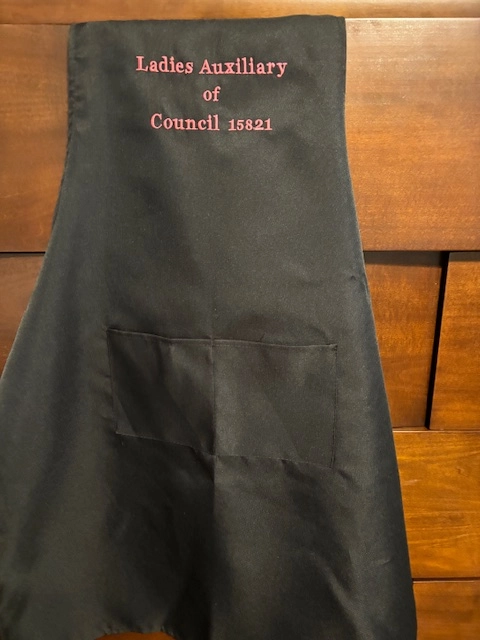The Art of Custom-made Needlework: Unlocking the Tricks to Creating Special and Unforgettable Designs
The secrets to creating custom needlework designs that captivate the eye and leave a long lasting impression lie in a delicate balance of technique, imagination, and interest to detail. As we dive into the world of custom-made embroidery, we reveal the nuanced interaction in between string selection, stitch complexity, and design customization that raises a plain garment to a work of art.
Picking the Right Needlework Threads
When selecting embroidery threads, what key elements should you consider to make certain the finest results for your custom layouts? The selection of embroidery thread is essential in determining the final end result of your stitched layout. Among the main factors to consider is the material of the thread. Various products such as cotton, polyester, rayon, and silk offer varying levels of luster, longevity, and texture. It is necessary to select a string material that complements the material you are stitching on and straightens with the desired look of the style.
In addition, the weight or density of the string plays a considerable role in the appearance of the needlework. Thicker threads can include dimension and texture to your layout, while finer threads are excellent for complex information and tiny text. In addition, taking into consideration the shade fastness and washability of the thread is essential to make sure that your custom-made styles preserve their top quality and vibrancy with time. By carefully examining these variables and selecting premium strings that fulfill your details demands, you can enhance the visual appeal and longevity of your embroidered creations.
Exploring Various Stitch Methods
To explore the world of 'Discovering Different Stitch Methods', one have to grasp the complexities and nuances that each stitching technique gives the art of embroidery. Various stitch strategies not just include visual passion yet likewise add to the general structure and measurement of the design. One preferred stitch strategy is the satin stitch, which involves carefully packed parallel stitches to create a smooth and shiny surface area, perfect for completing shapes and creating bold describes.
On the other hand, the backstitch is a functional technique typically utilized for detailing and adding great details. It entails stitching in reverse to produce a solid line of embroidery. In addition, the French knot stitch adds a responsive element to styles, perfect for producing textured accents like online custom tailoring flower centers or attractive touches.
Checking out different stitch strategies permits embroiderers to have fun with light, darkness, and depth within their styles, boosting the aesthetic allure and artistic quality of their embroidery projects. By grasping various sewing approaches, one can open countless opportunities for creating one-of-a-kind and memorable personalized embroidery items.
Incorporating Personalized Design Components
Having explored the intricacies of various stitch strategies such as the satin stitch, backstitch, and French knot, the emphasis now changes towards including customized layout aspects in personalized embroidery tasks. Personalized style aspects play a crucial function in making embroidery jobs really special and unforgettable.
One more means to incorporate customized design aspects is by including symbols or motifs that hold special significance to the recipient or show their passions and individuality. Integrating a favored flower, animal, or hobby-related symbol can make the needlework layout a lot more purposeful and tailored. Furthermore, picking colors that reverberate with the recipient or line up with the designated theme can further improve the personalization of the embroidery project.
Understanding the Art of Color Sychronisation

One secret aspect of shade coordination is comprehending shade theory. This consists of knowing just how different colors communicate with each various other, the feelings they convey, and exactly how they can be incorporated to develop visually enticing layouts. By using color theory concepts, embroiderers can produce harmonious shade combinations that improve the total look of the layout.
Furthermore, taking notice of contrast is essential in shade coordination. Utilizing contrasting shades can aid specific elements of the layout pop, boost clarity, and create a visually vibrant embroidery piece. By mastering the art of shade sychronisation, embroiderers can raise their styles and create unforgettable pieces that reverberate with clients and viewers alike.
Enhancing Structure With Advanced Embroidery Stitches

French knots, for example, are perfect for including tiny, elevated dots to your style, mimicking the look of beads or producing a distinctive surface. Bullion knots, on the various other hand, can be utilized to produce twisted, ropelike components that include a glamorous feeling to the needlework. Seed stitching involves small, scattered stitches that can fill out locations with a speckled appearance, while turkey job produces cosy, dimensional accents reminiscent of animal hair or foliage. Try out these sophisticated embroidery stitches allows you to push the boundaries of typical needlework and create absolutely special and aesthetically appealing appearances in your styles.
Conclusion
To conclude, the art of custom embroidery entails a mix of choosing the right threads, discovering different stitch methods, including individualized design components, understanding shade sychronisation, and boosting structure with innovative stitches. By recognizing and executing these essential components, embroiderers can create one-of-a-kind and unforgettable designs that display their imagination and skill. Embroidery fanatics can open the tricks to creating gorgeous and custom items that attract attention and leave a long-term impact.